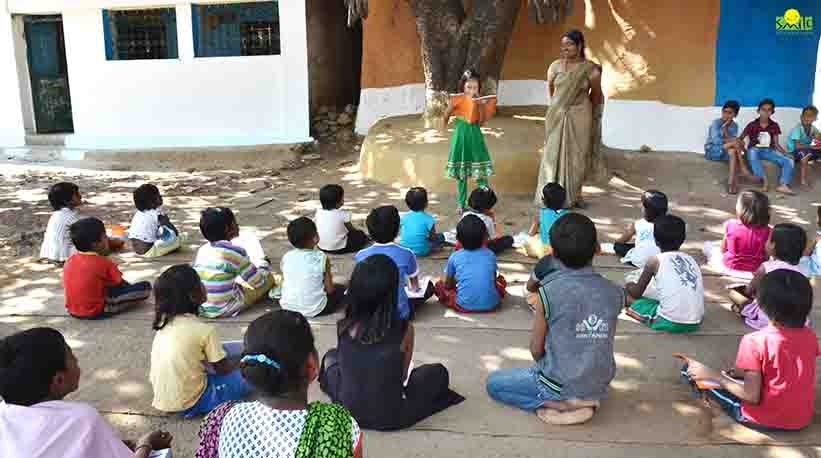Shivangi Sharma and Pragya Jain
(14.01.2020)
NGO Pratham released Annual Status of Education Report (ASER) 2019 based on a survey conducted in 26 districts across 24 states in India, covering over 36,000 children in the age group of 4-8 years. The report suggests that only 16% of children in class 1 can read text at prescribed level while almost 40% cannot even recognise letters and only 41% of them could recognize two-digit numbers. Report concludes that deficiencies in the pre-primary school system is resulting in a learning crisis which holds especially true for girl’s education. In six out of 24 states, it found that only 25% or less of girls in rural areas were literate.
In a comparative analysis of government and private schools, 41.5% of 6 years old in class 1 from private schools could read words while the stat stands at 19% for government school. Similarly, while 47% of those could do simple addition in private schools, only 28% of those in government school could do the same. This gap is augmented by the fact that only 39% of girls aged 6-8 years are enrolled in private schools in comparison to almost 48% of boys. The survey observed that parents prefer private schools for the education of boys and government schools for girls.
The significant gap between male and female access to education shows the neglect of girl’s education especially in rural India. The 2011 census has shown the female literacy rate is 64% in urban areas and barely half of it in rural areas i.e. 31%.
Academic Prem Chowdhry in an article in The Tribune says that “girls’ lack of education emerges from expectations, attitudes and biases in communities and families, social traditions, religious and cultural beliefs, all of which limit girl’s educational opportunities.” She says that a significant factor behind illiteracy or restricted literacy of rural girls is their utility in performing household and agricultural chores. The defined gender roles put girls at a vulnerable end where their education can be compromised due to lack of resources to educate. Moreover, lack of educational institutions near the village areas and travelling long distances raises safety concerns for girls, giving reason to not educate girls. She further says that “Education is widely recognised as the gateway to economic security and opportunity, particularly for girls and women. There is little denying the fact that investing in human capital through education is one of the most effective means of reducing poverty and encouraging sustainable development. However, what needs to change this scenario are not just governmental efforts, but also a change in societal norms, in cultural and traditional biases, and in the general mindset of people.”



